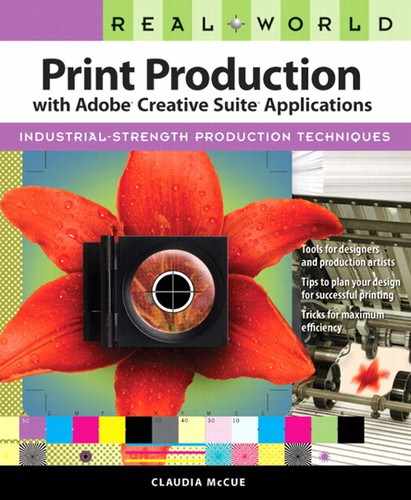PostScript (Type 1) Fonts
We were all raised to believe that PostScript fonts were the Only Right Way, convinced that any other font format was evil (pronounced as in old horror movies—eve-yil). In the earlier days of desktop publishing, this was a well-founded belief, because early RIPs couldn’t handle TrueType. (However, that’s no longer the case.)
PostScript fonts consist of two files: A bitmap “screen font” component for onscreen display and a printer component that contains PostScript instructions for actually printing the character. Since it’s made of pixels, the bitmap component alone can’t provide acceptable resolution for output, so if you misplace the printer font, you’re out of luck. Don’t discard the screen font either: It contains additional resources required by the system.
Whereas the screen font was once necessary for onscreen display of a PostScript font, current Macintosh and Windows operating systems can rasterize a printer font for onscreen display once it’s activated without needing a companion screen font to do so. Font activation applications, such as Extensis™ Suitcase or Suitcase Fusion, or FontAgent Pro from Insider Software won’t activate a lone printer font without its companion screen font, but some applications such as Adobe InDesign activate printer fonts placed in their own private fonts folders. Placing a PostScript printer font in InDesign’s fonts folder makes it available to InDesign on both Windows and Macintosh. In either case, the operating system handles the onscreen display without having a screen font.
InDesign’s dedicated fonts folder can be found here:
Windows: Program FilesAdobeAdobe InDesign CS4Fonts
Macintosh: Applications/Adobe InDesign CS4/Fonts
